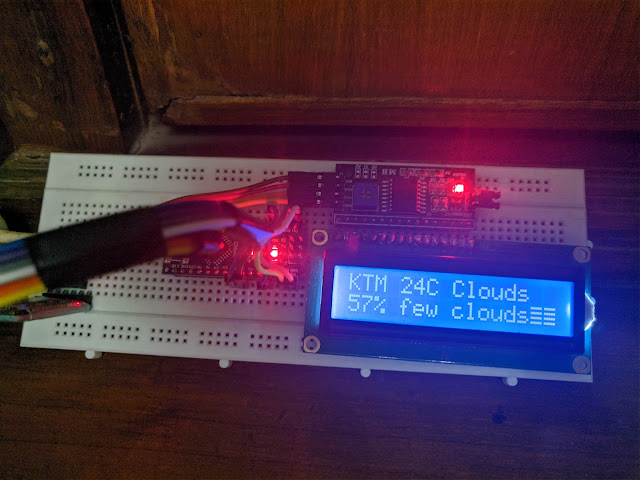Five advantages of Raspberry Pi Zero over Raspberry Pi 3
Raspberry Pi has revolutionized the world of single-board computers, enabling enthusiasts, hobbyists, and professionals to bring their innovative ideas to life. While Raspberry Pi 3 has been a popular choice for numerous projects, the introduction of Raspberry Pi Zero has brought its own set of advantages and possibilities. In this post, I will delve into the advantages offered by Raspberry Pi Zero over its predecessor, Raspberry Pi 3.
1. Compact Size and Affordability:
One of the standout features of Raspberry Pi Zero is its compact size. Measuring just 65mm x 30mm x 5mm, it is significantly smaller than the Raspberry Pi 3, making it ideal for projects with space constraints or those requiring portability. Additionally, Raspberry Pi Zero comes with a lower price tag, making it an affordable option for budget-conscious users.
2. Power Efficiency:
Raspberry Pi Zero consumes considerably less power compared to Raspberry Pi 3. This makes it an excellent choice for projects that run on battery power or have strict power requirements. The reduced power consumption contributes to longer battery life, making it suitable for applications such as portable devices, wearables, and remote sensing.
3. GPIO Flexibility:
While both Raspberry Pi Zero and Raspberry Pi 3 have GPIO (General Purpose Input/Output) pins, Raspberry Pi Zero offers a more compact and versatile layout. The 40-pin GPIO header on Raspberry Pi Zero is unpopulated by default, allowing users to solder headers according to their specific project needs. This flexibility enables users to create custom connections and integrate various sensors, actuators, and other peripherals seamlessly.
4. Connectivity Options:
Raspberry Pi Zero provides a Micro USB OTG (On-The-Go) port, which allows it to act as both a USB device and a USB host. This feature enables direct connectivity with other devices without the need for additional adapters or cables. The lack of Ethernet connectivity on Raspberry Pi Zero can be overcome by using USB-to-Ethernet adapters or by leveraging the built-in Wi-Fi capabilities available in Raspberry Pi Zero W (Wireless) models.
5. Flexibility for Embedded Systems:
Raspberry Pi Zero's small size and low power consumption make it well-suited for embedded systems and IoT applications. Its affordability allows for mass deployment, and its GPIO pins enable seamless integration with various sensors and actuators. Whether it's for smart home automation, industrial monitoring, or DIY robotics, Raspberry Pi Zero offers the flexibility to create custom embedded solutions.
While Raspberry Pi 3 has been a popular choice for many projects, Raspberry Pi Zero brings its own set of advantages and possibilities to the table. Its compact size, affordability, power efficiency, GPIO flexibility, and multimedia capabilities make it a compelling option for a wide range of applications. Whether you're looking for a compact and portable solution or need to optimize power consumption, Raspberry Pi Zero provides an excellent platform to bring your ideas to life. Embrace the advantages of Raspberry Pi Zero and unlock a new realm of possibilities for your next project.



Comments
Post a Comment